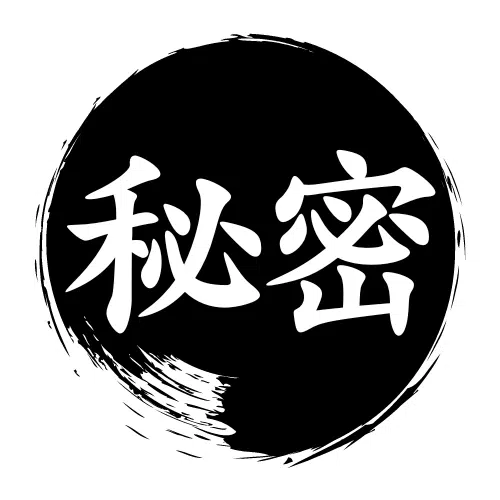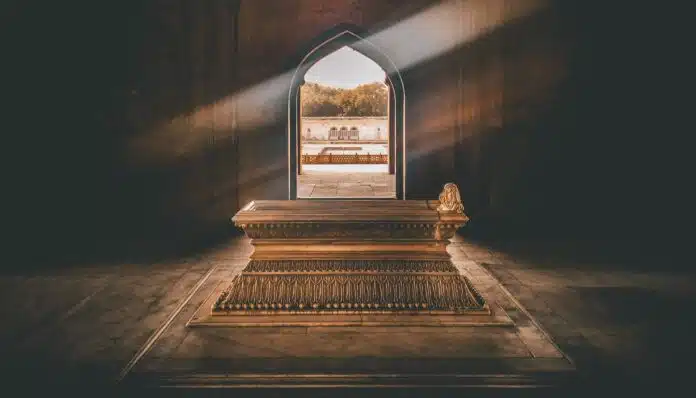And when Hezekiah saw that Sennacherib had come, and that his purpose was to make war against Jerusalem, he consulted with his leaders and commanders to stop the water from the springs which were outside the city; and they helped him.Thus many people gathered together who stopped all the springs and the brook that ran through the land, saying, ‘Why should the kings of Assyria come and find much water?’ (2 Chronicles 32:2–4)
The Times of Israel: The 2,700-year-old Siloam inscription, taken by the Ottomans and still held in Istanbul, marks direct evidence of Bible’s account of King Hezekiah’s tunnel-building in Jerusalem.
Turkey has agreed to return to Israel an ancient inscription from Jerusalem, currently housed in the Istanbul Archaeology Museum, an Israeli official told Zman Yisrael, The Times of Israel’s Hebrew sister site. It is considered one of the most important ancient Hebrew inscriptions in existence.
The gesture comes amid warming ties between Israel and Turkey and was discussed during the landmark visit of President Isaac Herzog to Ankara earlier this week, said a senior official in the Israeli entourage.
Israel has long sought the return of the so-called Siloam Inscription, a 2,700-year-old ancient Hebrew text that provides concrete historical support for the biblical account of the construction of a tunnel which brought water from the Pool of Siloam to the City of David, below the southern edge of the Temple Mount, during the reign of King Hezekiah.
The official said Israel has offered to send Turkey a valuable historical and religiously significant item currently housed in an Israeli museum, most likely an ancient candelabra from the days of Ottoman rule.
There was no immediate confirmation from Turkey.
Now the rest of the acts of Hezekiah—all his might, and how he made a pool and a tunnel and brought water into the city—are they not written in the book of the chronicles of the kings of Judah? (2 Kings 20:20)
The archeological gesture of goodwill was not raised during talks between Herzog and Turkish President Recep Tayyip Erdogan, but was ironed out by senior officials on both sides.
The six-line inscription in paleo-Hebrew found etched into the wall of the tunnel describes the excavators, working from opposite ends, calling to one another near the completion of the project. The construction of the tunnel is recounted in the biblical books of Kings and Chronicles.
The inscription reads: “… this is the story of the tunnel, while [the hewers lifted] their axes toward their counterparts, and while three cubits more were to (be hewn?), was heard the voice of a man calling to his counterpart, (for) there was [a crack?] in the rock, on the right and on the left. And on the day of [the final barrier’s] piercing, the stonecutters struck each man towards his counterpart, ax against ax and water flowed from the source to the pool for 1,200 cubits and 100 cubits was the height of the rock, over the head of the stonecutters …” Read More
Sources
- Israeli official: Turkey agrees to return ancient Hebrew inscription to Jerusalem (March 11th, 2022) – The Times of Israel



